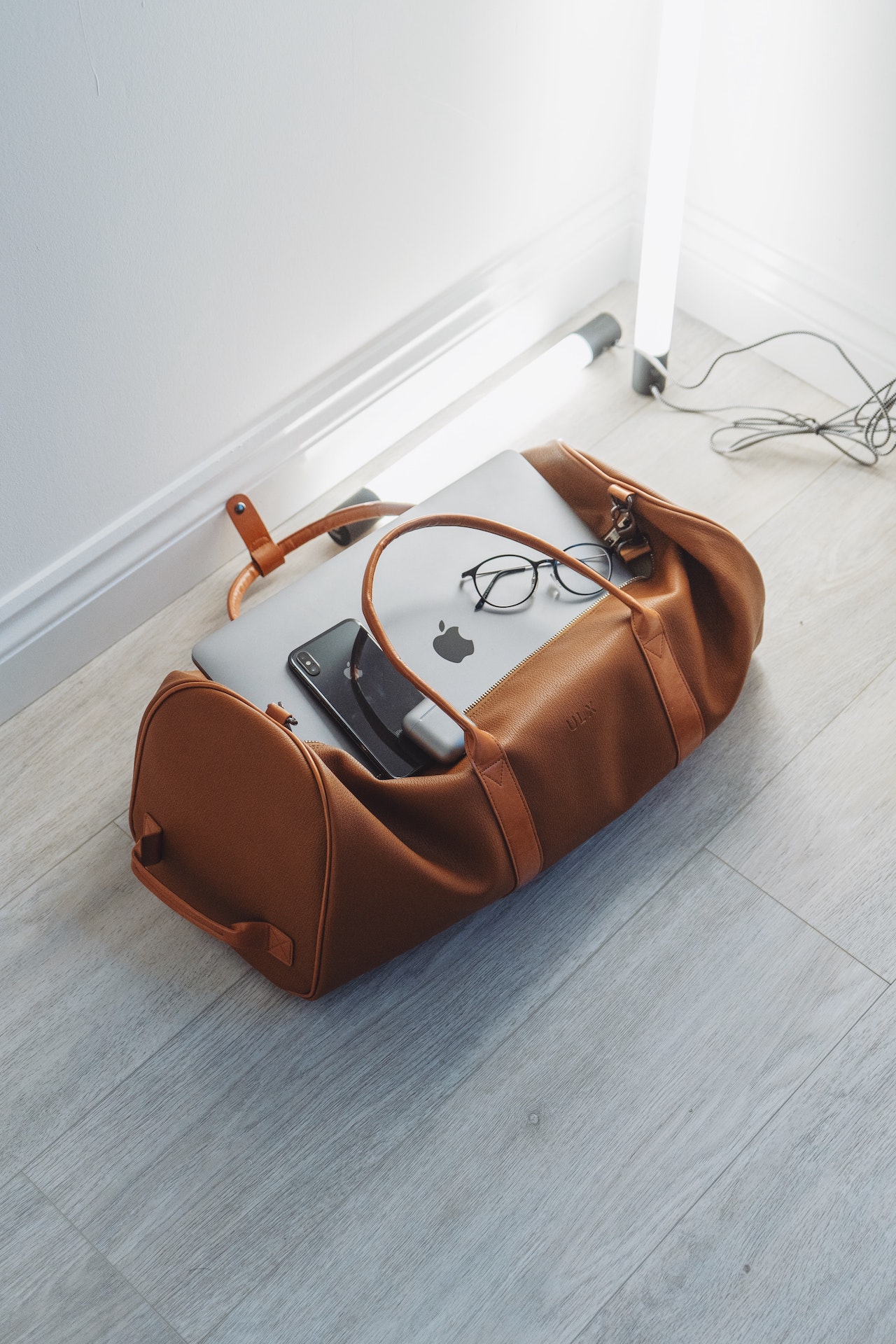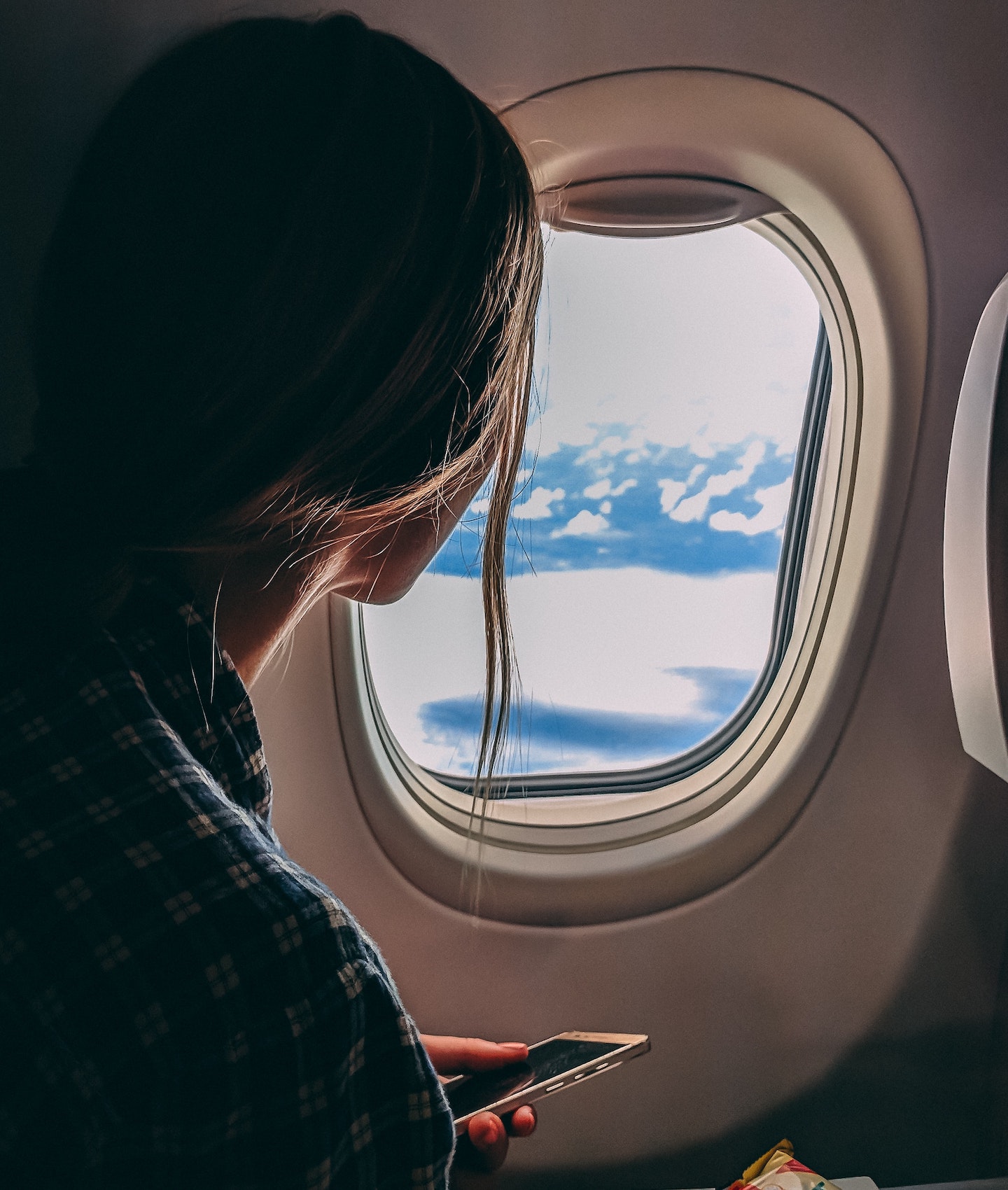The United States is a business-friendly country. Known for easy access to capital, connectivity to the rest of the world, entrepreneurial affinity, technical expertise, and other favorable aspects, the U.S. is an attractive prospect for global business travel. If you plan to visit the U.S. on your first business trip, it would be wise to prepare in advance.
5 things business travelers need to know
If you’ve never visited the U.S., it’s easy to let misconceptions rule your thinking. (Hint: Los Angeles, the home of Hollywood, and New York City are simply two of 19,495 incorporated cities, towns and villages in the United States.)
Even in these two cities, what you may see on TV and in pop culture should be taken with a grain of salt –– since characters in popular American TV shows and films are not always like real Americans. That being said, here are some of the specific things business travelers need to know:
1. Figure out if you’ll need a visa or ESTA
When traveling to the U.S., you must understand your visa situation. Travelers arriving from other countries will need a valid passport. On top of this, you may need a U.S. visa or Electronic System for Travel Authorization (ESTA).
All citizens of Visa Waiver Program (VWP) countries who enter the U.S. by air or sea with plans to stay for less than 90 days are required to receive the ESTA approval. Do your research ahead of time and figure out exactly what you need well before departing for the United States.
2. Research the best ground transportation
If you’re traveling from a European nation or some other country with efficient mass transit, you’ll be in for a surprise when you come to the United States. Outside of major cities like New York, D.C., Boston, San Francisco, and Chicago, public transit is largely non-existent and lacks the efficiency you may be accustomed to. Research your transportation options before traveling to the U.S. You will likely need to use a combination of options, including a rental car, buses, and/or ridesharing services like Uber.
3. Travel light and take a minimalist approach
This is more of a general rule for business travel across the globe. If you want to travel more efficiently and avoid unnecessary delays, pack light. A minimalist approach to packing will make you more comfortable and more mobile. By keeping your luggage to one carry-on and a personal item, you can even save a lot of money by avoiding extra baggage fees.

When possible, try to fit everything into a single carry-on and opt for lightweight luggage. In doing so, you can avoid checked baggage fees, eliminate the risk of lost luggage, and save time at baggage claim.
4. English language proficiency is essential
If you’re visiting the U.S., be prepared to speak English. As eclectic and diverse the country is, English is the predominant language. An estimated 21.9 percent of U.S. residents speak a foreign language at home, the top language being Spanish (41.5 million), as of 2018, according to The Center for Immigration Studies.
Do you have the ability to read and write English, but don’t feel comfortable speaking the language? If so, download a helpful translation app to your smartphone. It’s not preferred, but you can still make the most of your trip with conversational language proficiency.
5. Master the introduction
Americans are big on first impressions and, for better or worse, will judge a book by its cover. This is especially true in business, so learn to make a strong introduction. Introductions vary based on the people and the environment, but as a general rule of thumb, consider the following tips:
- Be punctual. Many people in the U.S. consider it rude to be kept waiting.
- Keep your greeting simple. When meeting someone for the first time, say something to the effect of: “Hi, my name is Mark – nice to meet you!” Meanwhile, extending your hand for a handshake has been a familiar and traditional greeting. (Note: In a Coronavirus era, people across the globe are opting for greetings that prevent the spread of communicable diseases. So for now, the handshake is a non-starter for most people in any setting. Therefore, a simple verbal greeting will suffice.)
- Small talk is encouraged. After meeting someone, feel free to engage in light, casual conversation to establish common ground. Acceptable subjects include weather, sports, family, or anything related to your day. Stay away from talk centered on politics and religion.
- Smile and make eye contact. A lack of eye contact and emotion indicates low self-esteem or a lack of interest in the conversation.
If you can master your introductions in American professional settings, you’ll set yourself up for success in subsequent business dealings.
Enjoy your trip
There’s a lot to know and prepare for, but don’t be intimidated. The United States might be big, but you’ll find it to be comfortable, inviting, and relatively predictable. While every state and city or town is different, the same American spirit is woven throughout the fabric of the nation.
For up-to-date travel guidelines and guidance concerning the Coronavirus, a.k.a., COVID-19, visit the Center for Disease Control (CDC) here.
Craig Lebrau is the CMO of Media Insider, a Wyoming-based PR company that aims to disrupt the way companies communicate their brand in the digital era.
© YFS Magazine. All Rights Reserved. Copying prohibited. All material is protected by U.S. and international copyright laws. Unauthorized reproduction or distribution of this material is prohibited. Sharing of this material under Attribution-NonCommercial-NoDerivatives 4.0 International terms, listed here, is permitted.













